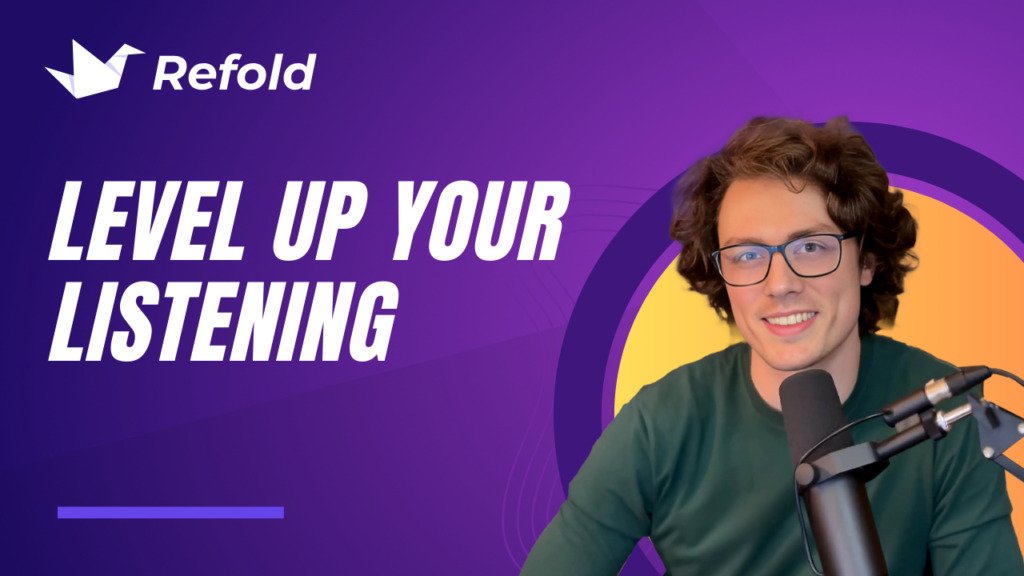So far, you’ve been practicing listening comprehension with visual context through TV shows. Both TV and movies give your listening a significant comprehension boost through visual storytelling.
When having a conversation, there is some visual context in the form of body language, but it’s less descriptive than the visual context you get from a TV show or movie. To help you prepare for real-world conversation, you can practice listening with pure audio which will improve your listening comprehension.
Start Easy and Level Up
As outlined in 2A: Comprehensibility Index, different media types have different levels of difficulty.
We recommend starting with scripted radio dramas or narrative podcasts because the audio is clean and the story is more predictable.
Another good place to start is single topic, single speaker YouTube videos. These are within a narrow domain which makes them easier to master, and the video context provided is about the same as you’d get in a face-to-face conversation. TED Talks are a good example of single topic, single speaker videos.
The next level is multi-speaker talk shows covering a single topic. These are still within a narrow domain, which makes the vocabulary easy to master, but because there are multiple speakers, the audio is going to be messy. They will cut each other off, speak over each other, and mumble. This will help you develop the ability to understand messy audio.
Though you may not consider them “talk shows”, street interviews are also multi-speaker, single topic with messy audio and help develop the same abilities.
The hardest mode is multi-topic, multi-speaker talk shows. You will need proficiency in all domains they reference in addition to sufficient listening comprehension to understand people talking over each other and speaking quickly. Don’t expect to fully understand these until Stage 4.
If you decide to read novels, you can also listen to audiobooks. The audio from audiobooks is very clean so it won’t help with real-world conversation, but it will help you acquire listening comprehension for the massive amounts of vocabulary you’ve absorbed from reading the novel.
How to Spend Your Time
At this point, how you spend your immersion time depends on your goals and whether or not you’ve decided to pursue literary reading.
If you are following the recommendations outlined in 2C: Immersion Guide, then adding 30 minutes of pure listening will help accelerate your general listening comprehension.
If you’re tackling the challenge of reading novels, it’s your choice how to split your immersion time. You could focus on reading one day, watching TV the next, and pure listening the next. Another option is to try to balance the activities evenly each day.
If you decide to focus heavily on one activity for a week or more then be sure to spend a bit of time regularly using the other abilities, to ensure that they don’t atrophy.
Types of Listening
Active listening is the process of focusing your full energy and attention on your pure listening content. If you’ve decided to pursue pure listening, then dedicate 30 minutes per day to active listening. Treat it as seriously as you would watching a TV show or reading. Don’t try to do other activities simultaneously.
As your comprehension of pure audio increases, you will find that active and passive listening converge. You won’t need to pay 100% attention to hear and comprehend everything. If you can easily understand a piece of pure audio content, then feel free to use it for passive listening.


